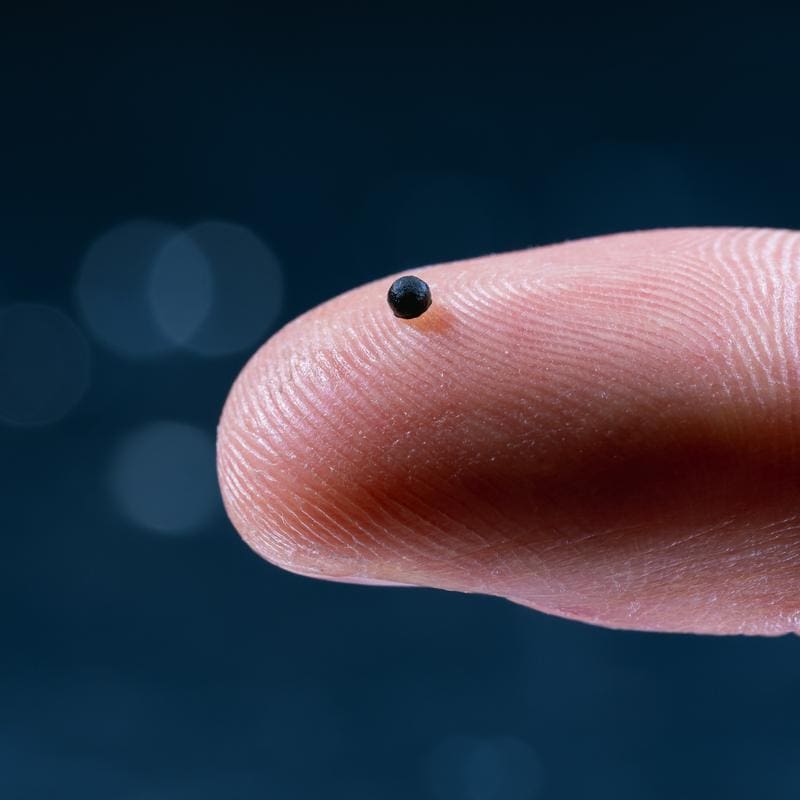ETH Zurich develops microrobot for targeted drug delivery
Researchers at ETH Zurich have optimised a microrobot that transports drugs and dissolves to release them. The system enables navigation in complex vascular structures and has been tested in models and animals. The results were published in the journal Science.
Every year, 12 million people worldwide suffer a stroke, many die or remain impaired. Current therapies with thrombus-dissolving drugs are distributed throughout the body, which requires high doses and causes side effects such as internal bleeding. The microrobot aims at local delivery, for example in the case of thrombi in the brain.
The round capsule made of dissolvable gel contains iron oxide nanoparticles for magnetic properties and tantalum nanoparticles as a contrast agent for X-ray imaging. The size is adapted to small brain vessels, with sufficient magnetic strength. Custom-fit nanoparticles enable control in real conditions.

The robot transports thrombus-dissolving agents, antibiotics or tumor drugs. It is released by a high-frequency magnetic field that heats nanoparticles and dissolves the shell.
A special catheter with a flexible gripper releases the robot. A modular electromagnetic navigation system controls it in the operating room. Combining three strategies: rolling along the vessel wall with a rotating field of up to 4 millimeters per second, pulling through gradients against currents of more than 20 centimeters per second, and dragging along branches.
In over 95 percent of the cases, the robot reached the goal. Magnetic fields penetrate deeply without affecting the body.
Tests in silicone models of patient vessels simulated real-world scenarios and dissolved clots. In pigs, navigation and visibility worked, in sheep the robot steered through cerebrospinal fluid.
The technology is suitable for thrombosis, infections or tumors. Clinical tests in humans are imminent.
Original Paper:
Landers F, Hertle L, Pustovalov V et al.: Clinically ready magnetic microrobots for targeted therapies. Science (2025), DOI:10.1126/science.adx1708
Editor: X-Press Journalistenbû¥ro GbR
Gender Notice. The personal designations used in this text always refer equally to female, male and diverse persons. Double/triple naming and gendered designations are used for better readability. ected.




